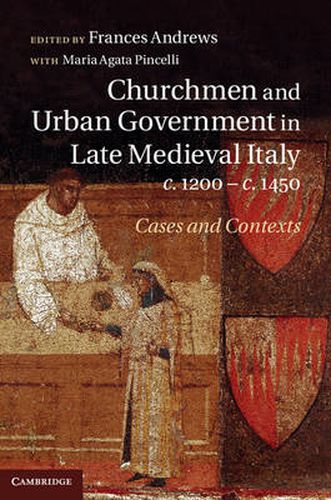Readings Newsletter
Become a Readings Member to make your shopping experience even easier.
Sign in or sign up for free!
You’re not far away from qualifying for FREE standard shipping within Australia
You’ve qualified for FREE standard shipping within Australia
The cart is loading…






Why, when so driven by the impetus for autonomy, did the city elites of thirteenth-century Italy turn to men bound to religious orders whose purpose and reach stretched far beyond the boundaries of their often disputed territories? Churchmen and Urban Government in Late Medieval Italy, c.1200-c.1450 brings together a team of international contributors to provide the first comparative response to this pivotal question. Presenting a series of urban cases and contexts, the book explores the secular-religious boundaries of the period and evaluates the role of the clergy in the administration and government of Italy’s city-states. With an extensive introduction and epilogue, it exposes for consideration the beginnings of the phenomenon, the varying responses of churchmen, the reasons why practices changed and how politics and religious identity relate to each other. This important new study has significant implications for our understanding of power, negotiation, bureaucracy and religious identity.
$9.00 standard shipping within Australia
FREE standard shipping within Australia for orders over $100.00
Express & International shipping calculated at checkout
Why, when so driven by the impetus for autonomy, did the city elites of thirteenth-century Italy turn to men bound to religious orders whose purpose and reach stretched far beyond the boundaries of their often disputed territories? Churchmen and Urban Government in Late Medieval Italy, c.1200-c.1450 brings together a team of international contributors to provide the first comparative response to this pivotal question. Presenting a series of urban cases and contexts, the book explores the secular-religious boundaries of the period and evaluates the role of the clergy in the administration and government of Italy’s city-states. With an extensive introduction and epilogue, it exposes for consideration the beginnings of the phenomenon, the varying responses of churchmen, the reasons why practices changed and how politics and religious identity relate to each other. This important new study has significant implications for our understanding of power, negotiation, bureaucracy and religious identity.